
Mexico has emerged as a leading destination for gastric balloon surgery, particularly for Canadian tourists seeking affordable and high-quality weight loss solutions.
The intragastric balloon procedure offers a non-surgical, temporary, yet effective approach to weight loss. For many Canadians, the high costs and long waiting lists for bariatric procedures at home make Mexico an incredibly attractive option. This comprehensive guide will delve into everything you need to know about gastric balloon surgery in Mexico, from the procedure itself to recovery, costs, and why it's a growing trend for medical tourism.
Key Takeaways
- Gastric balloon surgery in Mexico offers significant cost savings for Canadian patients, often 40-60% less than in Canada.
- The procedure is non-surgical and reversible, making it a less invasive option compared to traditional bariatric surgeries.
- Average weight loss can be 10-15% of total body weight within 6 months.
- Common gastric balloon types used in Mexico include Orbera and Spatz3.
| Country | Estimated Gastric Balloon Cost (USD) |
| Mexico | $3,500 - $6,000 |
| Canada | $10,000 - $15,000 |
| USA | $7,000 - $12,700 |
| Turkey | $1,700 - $3,000 |
What is Gastric Balloon Surgery?
Gastric balloon surgery is a non-surgical, temporary weight loss procedure where a saline-filled silicone balloon is placed in the stomach to reduce its capacity and promote feelings of fullness.
The gastric balloon, also known as an intragastric balloon, is a medical device designed to aid in weight loss by partially filling the stomach. This creates a sensation of satiety, helping patients eat less and feel fuller for longer. Unlike traditional bariatric surgeries such as gastric sleeve or gastric bypass, the gastric balloon procedure is non-invasive, requiring no incisions or permanent alterations to the digestive anatomy. It's an endoscopic procedure, meaning the balloon is inserted and removed via the mouth using a thin, flexible tube with a camera (endoscope).
There are several types of gastric balloons available, with the most common being the Orbera and Spatz3 systems. The Orbera balloon typically remains in the stomach for six months, while the Spatz3 is an adjustable balloon that can stay for up to twelve months. The choice of balloon depends on individual patient needs and the surgeon's recommendation.
Did You Know? The first intragastric balloon was developed in the 1980s, but significant advancements in materials and techniques have made it a much safer and more effective option today.
Candidacy for Gastric Balloon in Mexico
Candidates for gastric balloon surgery typically have a Body Mass Index (BMI) between 27 and 40 and have struggled to lose weight through diet and exercise alone.
While gastric balloon surgery is a less invasive option, it's not suitable for everyone. Generally, individuals who meet the following criteria are considered good candidates:
- BMI between 27 and 40: This range often includes individuals who are overweight or have Grade I or II obesity. Some clinics may consider patients with a BMI slightly outside this range, especially if they have obesity-related comorbidities.
- Failed traditional weight loss methods: Patients who have tried and failed to achieve significant weight loss through diet, exercise, and lifestyle modifications.
- No contraindications: This includes conditions such as previous gastric surgery, inflammatory bowel disease, bleeding disorders, large hiatal hernia, or pregnancy.
- Commitment to lifestyle changes: The gastric balloon is a tool, not a standalone solution. Successful long-term weight loss requires a strong commitment to adopting healthier eating habits and regular physical activity.
- Age range: Typically, candidates are between 18 and 70 years old. In some cases, it may be recommended for adolescents or older adults if the benefits outweigh the risks.
For Canadian patients, who may face strict eligibility criteria or long wait times for bariatric surgery in their home country, Mexico provides a more accessible pathway to this procedure.
The Gastric Balloon Procedure: What to Expect
The gastric balloon insertion is a quick, minimally invasive endoscopic procedure, typically lasting 20-30 minutes, performed under light sedation.
The process of getting a gastric balloon in Mexico is generally well-structured and efficient, designed to minimize patient inconvenience.
Pre-Procedure Preparation
Before the procedure, patients will undergo a thorough medical evaluation, including:
- Consultation with a bariatric surgeon: To assess overall health, discuss medical history, and determine suitability for the procedure.
- Nutritional assessment: A nutritionist will help develop a pre-operative diet plan, which often involves a clear liquid diet for a few days to ensure the stomach is empty.
- Diagnostic tests: This may include blood tests, endoscopy, and other screenings to rule out any underlying conditions.
Insertion of the Balloon
The insertion of the gastric balloon is an outpatient procedure, meaning no overnight hospital stay is typically required.
- Sedation: Patients are given light sedation to ensure comfort and relaxation throughout the procedure. General anesthesia is usually not necessary.
- Endoscopic insertion: A thin, flexible tube with a camera (endoscope) is gently guided through the mouth, down the esophagus, and into the stomach.
- Balloon placement: The deflated silicone balloon is then passed through the endoscope into the stomach.
- Inflation: Once in position, the balloon is filled with a sterile saline solution (often mixed with a blue dye as a safety measure – if the balloon ruptures, the urine will turn blue or green, signaling a need for immediate medical attention). The amount of saline varies depending on the balloon type and the patient's stomach size, typically occupying about one-third to one-half of the stomach's volume.
- Removal of instruments: The endoscope and insertion catheter are then carefully withdrawn, leaving the inflated balloon in the stomach.
The entire insertion procedure usually takes approximately 20 to 30 minutes. Patients are monitored for a few hours post-procedure before being discharged.
Recovery and Aftercare
Initial recovery involves managing nausea and discomfort for a few days, followed by a gradual transition from liquid to solid foods and a long-term commitment to dietary changes and exercise.
The initial recovery period after gastric balloon insertion focuses on managing common side effects and adjusting to the presence of the balloon.
Immediate Post-Procedure (First 1-3 Days)
- Nausea and vomiting: These are very common side effects as the stomach adjusts to the foreign object. Anti-nausea medication will be prescribed to help manage this.
- Abdominal pain and cramps: Mild to moderate discomfort is normal. Pain relievers can help alleviate this.
- Diet: A clear liquid diet is strictly followed for the first 3-5 days to ensure hydration and allow the stomach to settle. This includes water, clear broths, and sugar-free beverages.
Weeks 1-2: Transitioning to Solids
- Gradual food introduction: Under the guidance of a nutritionist, patients slowly transition to a pureed diet, then soft foods, and eventually solid foods. This phase is crucial for retraining eating habits and portion control.
- Hydration: Continuing to drink plenty of fluids is essential to prevent dehydration.
- Activity: Light activities can be resumed, but strenuous exercise should be avoided. Many patients can return to work within 1-2 weeks, depending on their recovery and job demands.
Long-Term Aftercare (Up to Balloon Removal)
- Dietary adherence: This is paramount for success. Patients will work closely with a nutritionist to develop a sustainable, healthy eating plan focused on lean protein, non-starchy vegetables, and controlled portions. Avoidance of sugary drinks, processed foods, and large meals is emphasized.
- Exercise: Regular physical activity becomes a vital component of the weight loss journey.
- Behavioral therapy: Some programs include psychological support to address emotional eating and develop healthy coping mechanisms.
- Follow-up appointments: Regular check-ups with the medical team are crucial to monitor progress, address concerns, and prepare for balloon removal.
Risks and Potential Complications
While generally safe, gastric balloon procedures carry potential risks like nausea, vomiting, abdominal pain, and, rarely, balloon deflation, perforation, or obstruction.
Like any medical procedure, gastric balloon insertion has potential risks and side effects, though serious complications are rare.
Common Side Effects (Usually Mild and Temporary)
- Nausea and vomiting: Affecting up to 90% of patients in the first week.
- Abdominal pain and cramps: Experienced by about 50% of patients initially.
- Acid reflux or heartburn: Occurs in approximately 30% of patients.
- Bloating and gas: Common as the digestive system adjusts.
- Indigestion, bad breath, fatigue: Also reported.
Rare but Serious Complications
- Balloon deflation or rupture: If the balloon deflates, the blue dye within it will change the color of the urine to blue or green, indicating a need for immediate medical attention to remove the deflated balloon and prevent bowel obstruction.
- Bowel obstruction: A deflated balloon migrating into the intestines can cause a blockage, which is a medical emergency requiring surgical intervention. This is very rare (0.17% to 0.8% of cases).
- Perforation or ulceration: A small risk of injury to the esophagus or stomach during insertion or from the balloon rubbing against the stomach lining.
- Acute pancreatitis: Although rare, some types of balloons have been associated with this condition.
- Over-inflation: Spontaneous over-inflation can cause intense pain and may require premature removal.
Expert Insight: "The vast majority of patients tolerate the gastric balloon well, with initial discomfort subsiding within days. The key to minimizing risks and maximizing results lies in strict adherence to post-procedure dietary guidelines and close follow-up with the medical team." - Leading Bariatric Surgeon, Mexico.
Gastric Balloon Removal
The gastric balloon is typically removed after 6-12 months via another quick endoscopic procedure, similar to its insertion.
The removal of the gastric balloon is a straightforward procedure, usually performed on an outpatient basis.
- Preparation: Patients are advised to follow a clear liquid diet for a couple of days before removal to ensure the stomach is empty.
- Sedation: Light sedation is administered for comfort.
- Endoscopic removal: An endoscope is inserted into the stomach. The balloon is punctured and deflated, and then carefully grasped and removed through the mouth.
The removal process typically takes less than 30 minutes. After removal, patients continue to follow a healthy diet and exercise regimen to maintain their weight loss and prevent regaining weight.
Cost of Gastric Balloon Surgery in Mexico
The cost of gastric balloon surgery in Mexico is significantly lower than in Canada, often ranging from $3,500 to $6,000 USD and typically includes a comprehensive package.
One of the primary drivers for Canadian tourists seeking gastric balloon surgery in Mexico is the substantial cost savings. In Canada, the procedure can range from $10,000 to $15,000 CAD (approximately $7,300 to $11,000 USD), and is often not covered by provincial health plans. In Mexico, patients can expect to save anywhere from 40% to 60%.
Here's a breakdown of average costs and what's typically included in a gastric balloon package in Mexico:
| Item | Typical Inclusion in Mexico Package | Average Cost in Mexico (USD) | Average Cost in Canada (USD) |
| Surgeon's fees | Yes | Included | Included |
| Anesthesiologist's fees | Yes | Included | Included |
| Hospital/Clinic fees | Yes | Included | Included |
| Pre-operative tests | Yes | Included | Included |
| Post-operative medications | Yes | Included | Covered by insurance |
| Initial nutritionist consultations | Yes | Included | Separate fees |
| Balloon itself (Orbera/Spatz3) | Yes | Included | Included |
| Follow-up care (remote/local) | Often included | Included | Separate fees |
| Accommodation (1-2 nights) | Often included | Included | Not included |
| Airport/Clinic transfers | Often included | Included | Not included |
| Translation services | Often included | Included | Not included |
| Total Estimated Cost Range | Comprehensive Package | $3,500 - $6,000 | $7,300 - $11,000+ |
Note: Prices are estimates and can vary based on the clinic, surgeon's experience, location within Mexico (e.g., Tijuana, Cancun, Guadalajara), and the specific type of balloon used.
Did You Know? Mexico is the world's leading destination for bariatric surgery, with Tijuana alone accounting for approximately 60% of all bariatric surgeons practicing in Mexico who cater to US and Canadian patients. An estimated 10,000-20,000 patients undergo weight loss surgery in Mexico annually.
Alternatives to Gastric Balloon
While the gastric balloon is a popular non-surgical option, other weight loss procedures, both surgical and endoscopic, are available for different BMI ranges and weight loss goals.
For individuals considering weight loss options, it's important to understand that the gastric balloon is one of several tools. Other popular procedures include:
Surgical Bariatric Procedures
- Gastric Sleeve (Sleeve Gastrectomy): This involves removing a large portion of the stomach, leaving a smaller, banana-shaped "sleeve." It's a permanent procedure that significantly restricts food intake and alters hunger hormones. It's highly effective for significant weight loss (50-70% of excess weight loss) and often chosen for patients with higher BMIs (35+).
- Gastric Bypass (Roux-en-Y Gastric Bypass): A more complex procedure that involves creating a small stomach pouch and rerouting a portion of the small intestine. It leads to excellent weight loss (60-80% of excess weight loss) and significant improvement in obesity-related conditions like diabetes.
- Lap-Band (Adjustable Gastric Banding): An adjustable band is placed around the upper stomach, creating a small pouch. It's less invasive than sleeve or bypass and is reversible, but generally results in less weight loss compared to other surgical options.
Other Endoscopic Procedures
- Endoscopic Sleeve Gastroplasty (ESG): A newer, non-surgical procedure where sutures are placed endoscopically to reduce the size of the stomach. It offers significant weight loss comparable to the gastric balloon but with potentially longer-lasting results than a balloon.
The choice of procedure depends on factors like BMI, co-morbidities, individual health status, and long-term weight loss goals. A comprehensive consultation with a bariatric specialist is essential to determine the most suitable option.
Why Choose PlacidWay for Gastric Balloon in Mexico?
PlacidWay stands as a premier medical tourism platform, connecting patients worldwide with top-tier healthcare providers. When considering gastric balloon surgery in Mexico, PlacidWay offers a unique value proposition:
- Verified Clinics and Surgeons: PlacidWay partners with internationally accredited clinics and highly experienced, board-certified bariatric surgeons in Mexico, ensuring adherence to global standards of care.
- Comprehensive Packages: We facilitate all-inclusive packages that cover the procedure, medical fees, pre- and post-op consultations, accommodation, ground transportation, and translation services, simplifying the patient journey.
- Personalized Patient Support: From initial inquiry to post-recovery follow-up, a dedicated PlacidWay medical coordinator assists patients at every step, providing guidance, answering questions, and addressing concerns.
- Transparency and Trust: PlacidWay emphasizes clear communication of costs, procedures, and potential outcomes, building trust with patients considering medical travel. Our patient testimonials highlight positive experiences with both our service and the quality of care in Mexico.
- Access to Cutting-Edge Technology: Our network includes clinics equipped with state-of-the-art technology for diagnostics and procedures, ensuring optimal outcomes.
Frequently Asked Questions (FAQs)
Is gastric balloon surgery painful?
The gastric balloon insertion itself is performed under light sedation, so you won't feel pain during the procedure. Afterward, you may experience mild to moderate discomfort, nausea, and cramping for a few days as your stomach adjusts.
Most patients find the initial few days post-procedure to be the most challenging, but these symptoms are typically managed effectively with prescribed medications. The discomfort usually subsides within a week.
How much weight can I expect to lose with a gastric balloon?
On average, patients lose about 10-15% of their total body weight with a gastric balloon, typically over a 6-month period.
This can translate to a significant percentage of excess weight loss. However, results vary based on individual adherence to the dietary and exercise program. The balloon is a tool to facilitate weight loss, not a magic solution.
How long does the gastric balloon stay in the stomach?
The duration depends on the type of balloon. Most gastric balloons, like Orbera, are designed to stay in for six months. The adjustable Spatz3 balloon can remain in place for up to 12 months.
After the designated period, the balloon is removed via an endoscopic procedure.
Will I regain weight after the gastric balloon is removed?
Weight regain is possible after the balloon is removed if healthy lifestyle habits are not maintained. The gastric balloon provides a window of opportunity to adopt sustainable dietary and exercise routines.
The success of long-term weight management relies heavily on the patient's commitment to these changes. Many clinics offer ongoing support from nutritionists and behavioral therapists to help maintain results.
What is the typical recovery time after gastric balloon insertion?
Most patients can return to light activities and work within 3-7 days after the procedure, though some initial discomfort may persist.
Strenuous physical activity should be avoided for the first few weeks. The body usually fully adjusts to the balloon within 1-2 weeks.
Are Mexican clinics safe for gastric balloon procedures?
Many clinics in Mexico that cater to international patients are highly reputable, with internationally accredited facilities and board-certified bariatric surgeons who have extensive experience.
It's crucial to choose a reputable clinic and surgeon, and platforms like PlacidWay can help ensure you connect with highly qualified providers that adhere to international safety standards.
Can I combine gastric balloon surgery with a vacation in Mexico?
While possible, it's recommended to prioritize your recovery in the immediate post-procedure period. Many patients opt for a short stay (e.g., 3-5 days) for the procedure and initial recovery, then return home to continue their weight loss journey.
Some clinics offer packages that include local transfers and limited accommodation, but extensive sightseeing is typically not advised during the very early recovery phase.
Ready to Explore Your Weight Loss Journey in Mexico?
Connect with PlacidWay to receive a free, personalized quote and explore leading clinics for gastric balloon surgery in Mexico. Our team of medical tourism experts is ready to answer your questions and guide you through every step of the process. Start your transformation today!








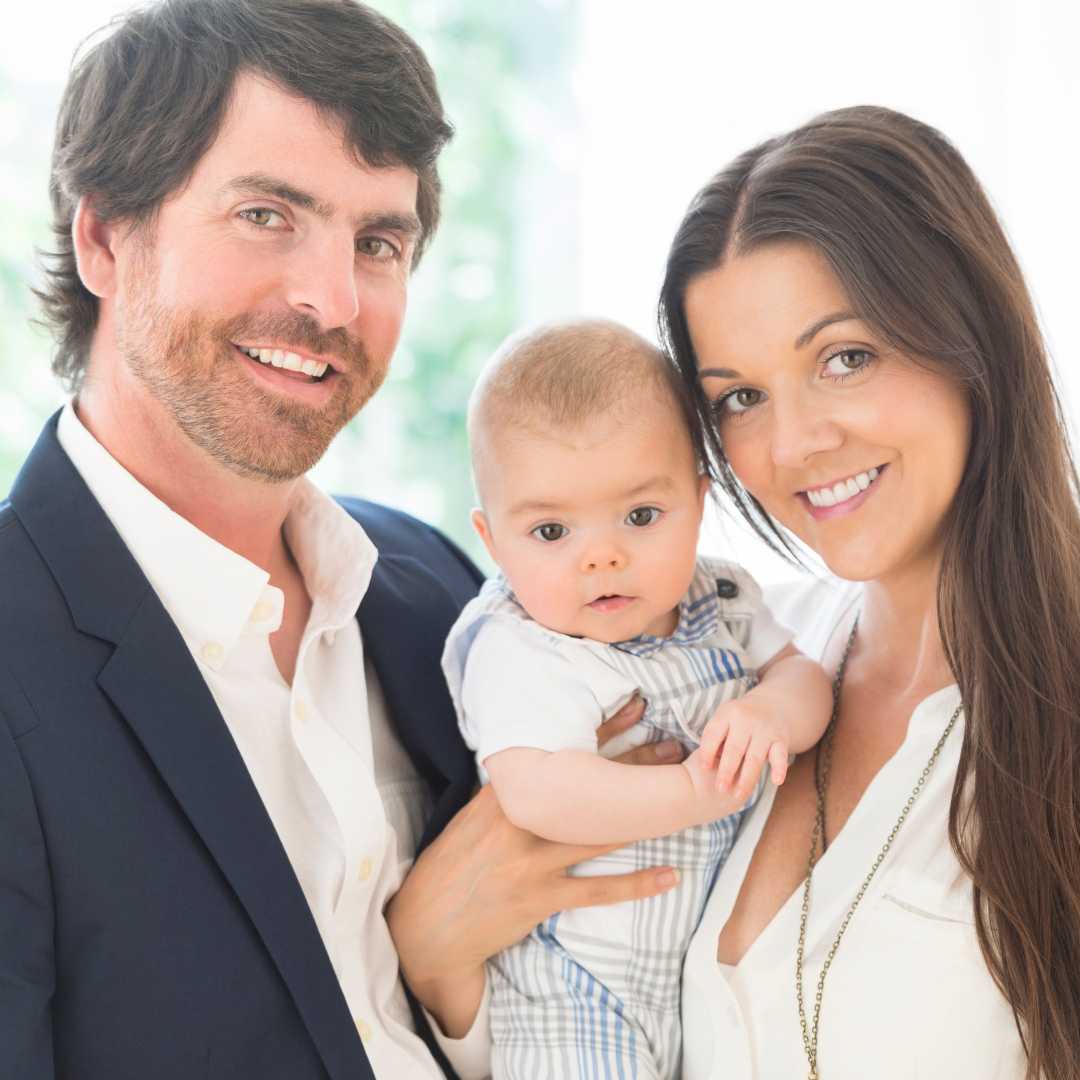


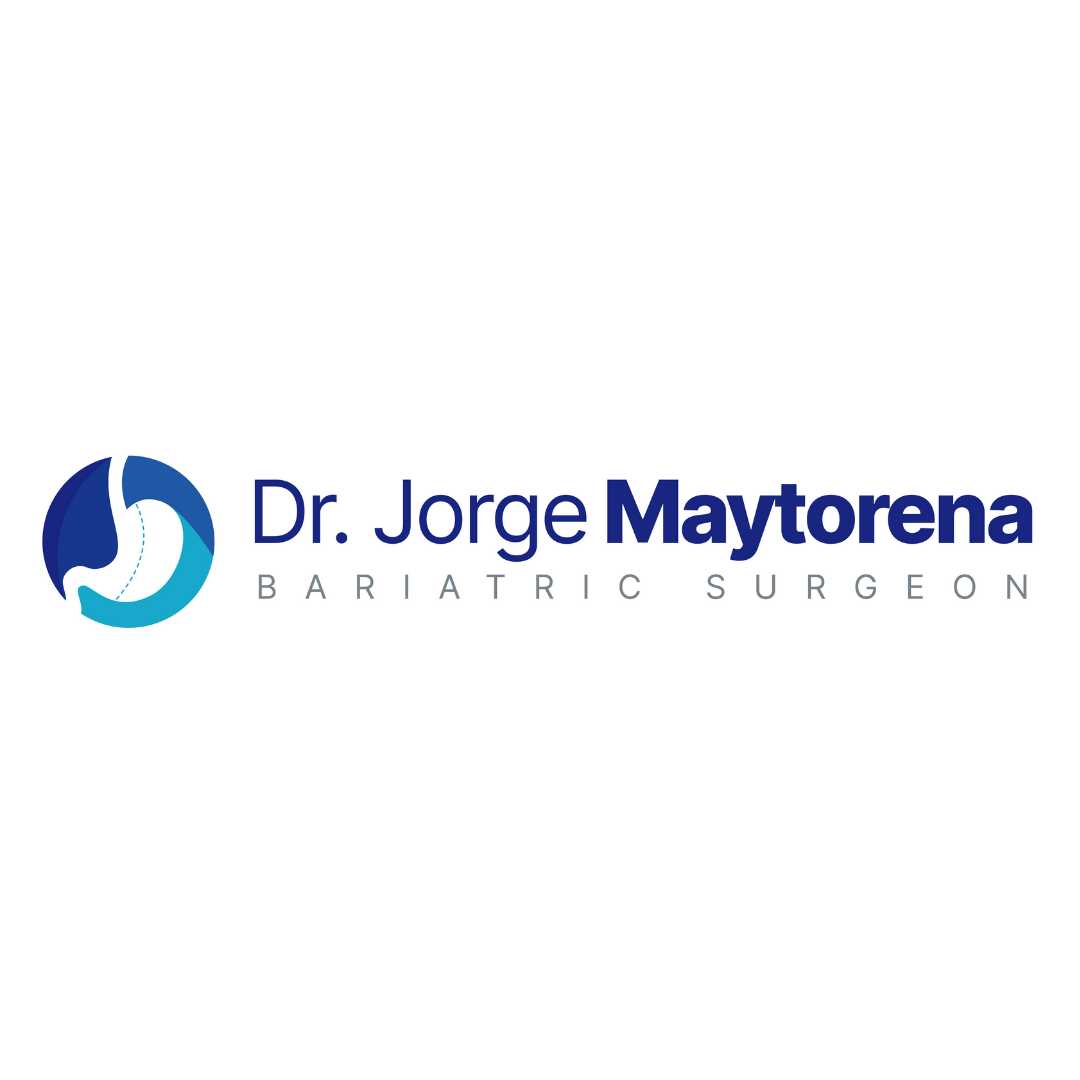

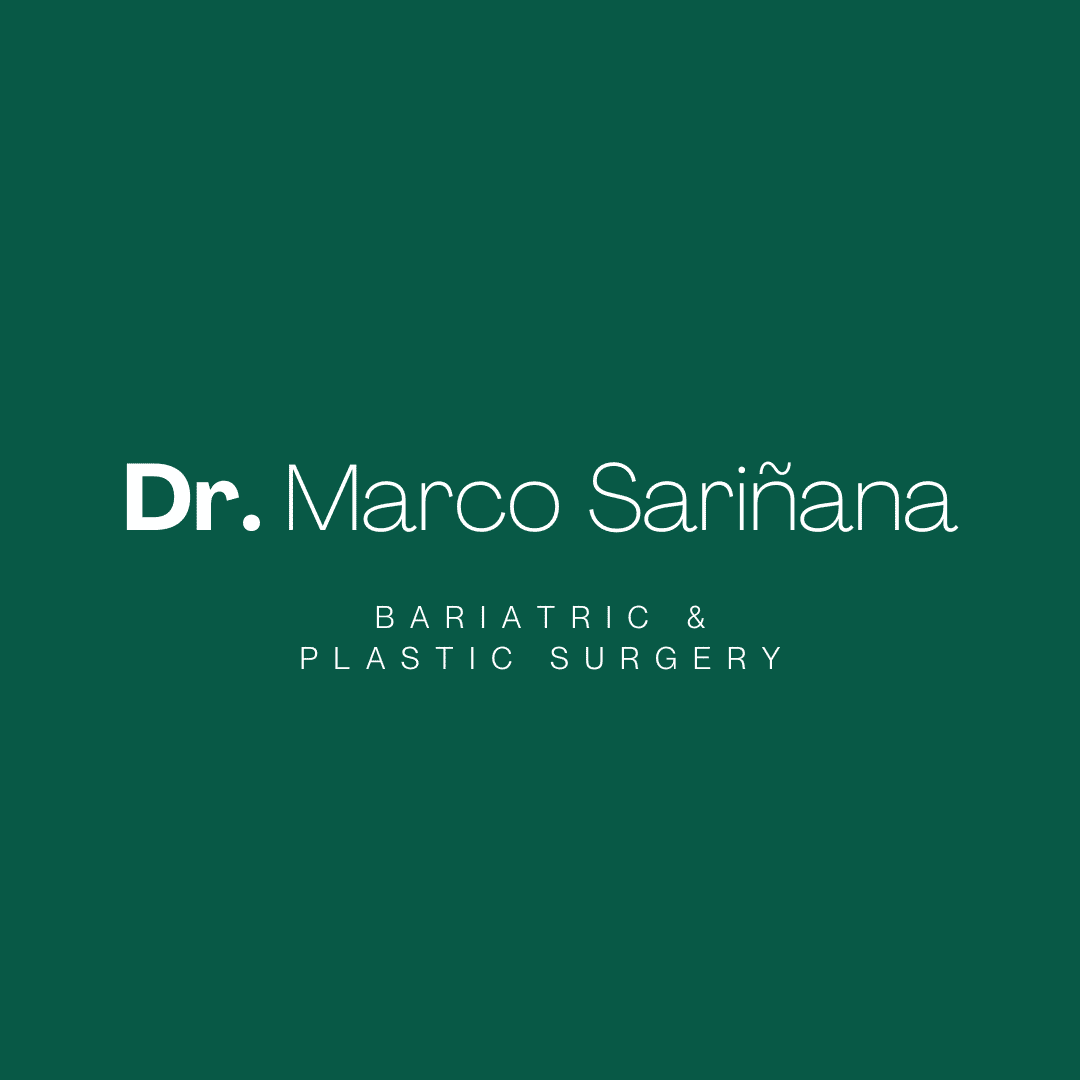
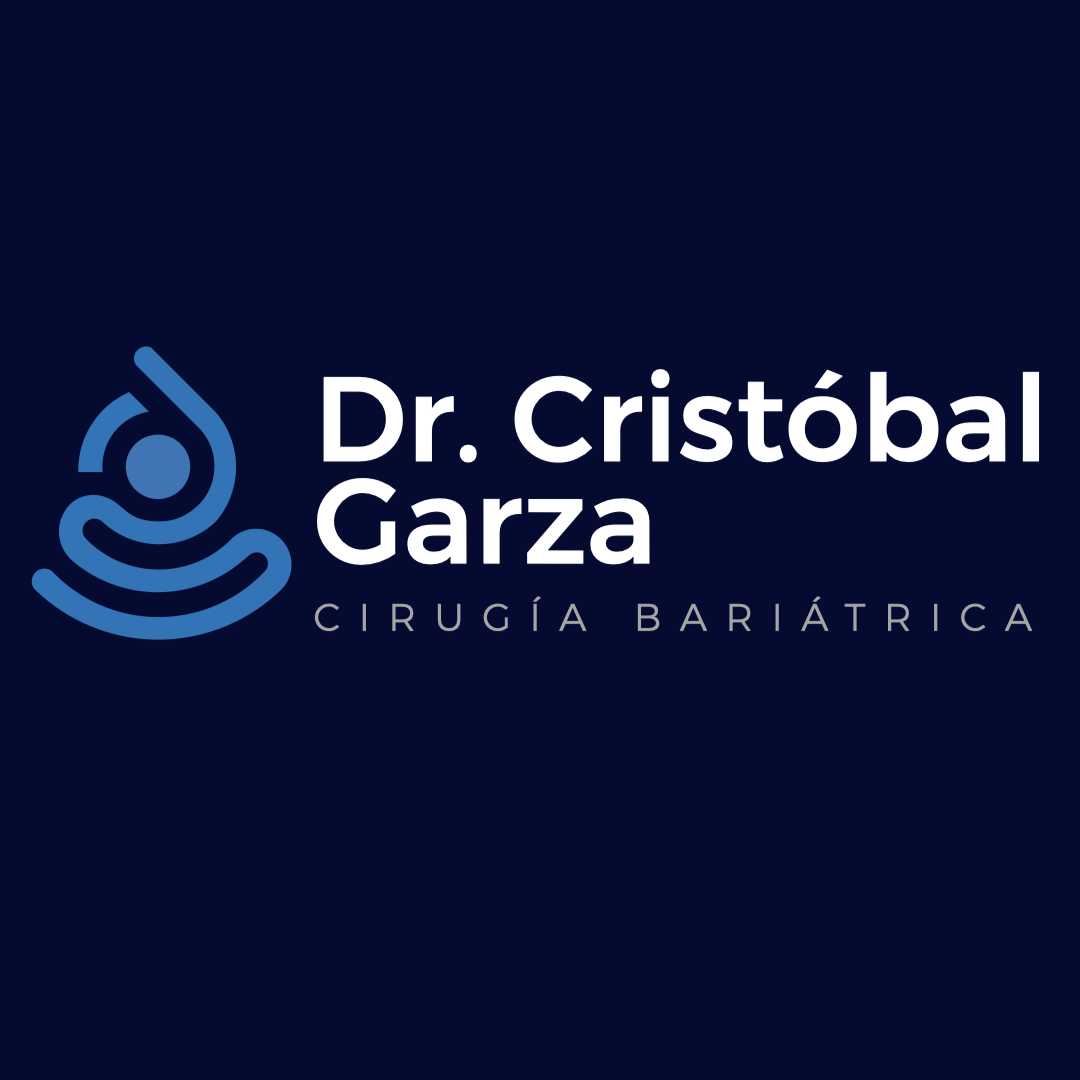
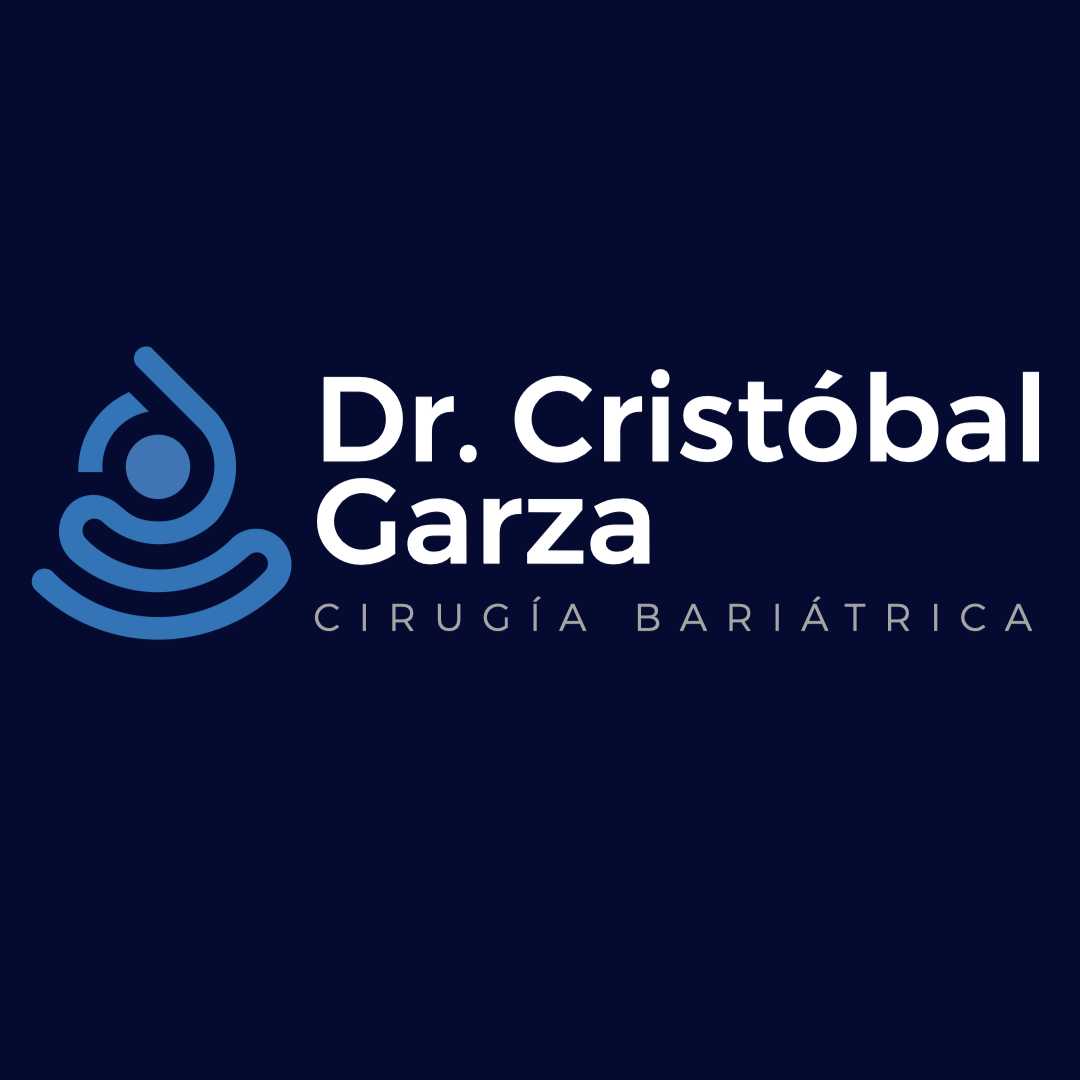

Share this listing